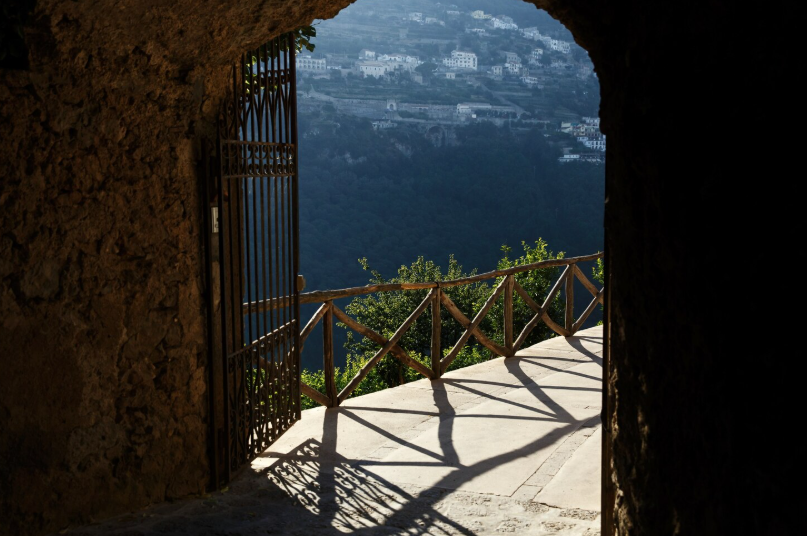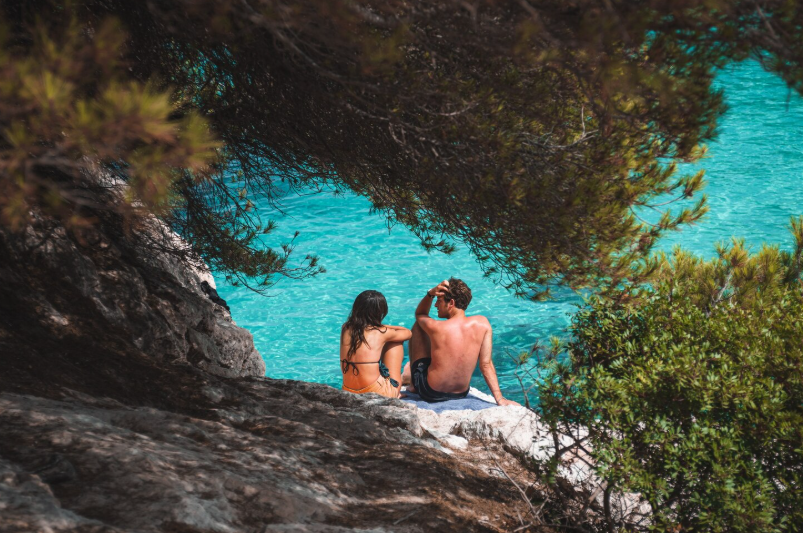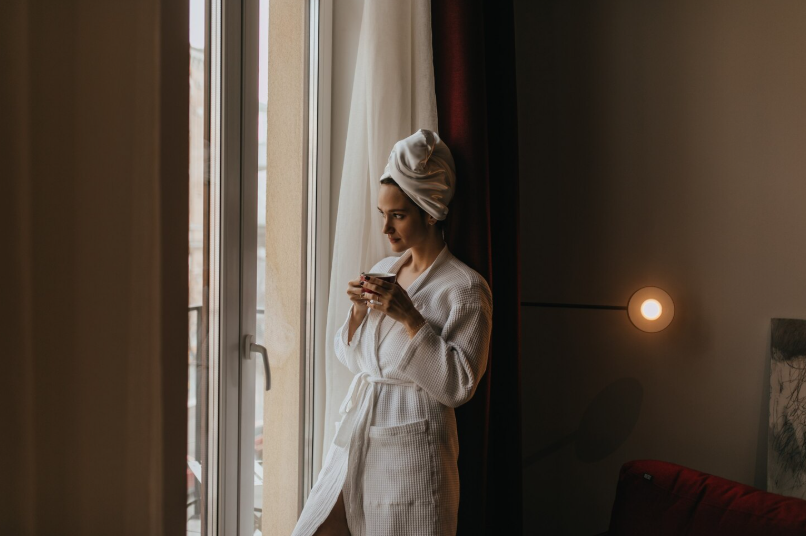
Europe’s Most Exclusive Hidden Monasteries Converted to Hotels
Europe’s Most Exclusive Hidden Monasteries Converted to Hotels
Why Monasteries Make Exceptional Luxury Hotels
Monasteries are inherently suited to become exceptional hospitality venues. Built with longevity and intention, they often sit in settings of outstanding natural beauty—clifftops, hilltop vineyards, or sheltered valleys. The original stonework, cloisters, chapels, and cloistered gardens provide an architectural richness and sense of permanence that new builds cannot replicate. When thoughtfully converted, these elements become defining features: vaulted ceilings as dining rooms, cloister walkways as contemplative corridors, and monastic cells reimagined as intimate suites with tasteful contemporary interventions.
Beyond aesthetics, the monastery ethos—quiet reflection, measured pace, and reverence for craft—resonates with luxury travelers who prize experiences that feel curated rather than staged. Many conversions retain a program of cultural activities: private concerts in former chapels, farm-to-table dinners using estate produce, and workshops led by local artisans. The result is hospitality that respects the building’s provenance while providing the discreet service and amenities expected by a global clientele.
Signature Properties and What Sets Them Apart
While each conversion has its own character, the most exclusive properties share a pattern of qualities: meticulous restoration, limited room counts, and a commitment to provenance. Low guest density allows for greater privacy—often a decisive factor for executives and creatives who travel for concentrated work or restorative downtime. Look for properties that emphasize provenance in their programming: archaeological tours, curated archival displays, and menus rooted in historical recipes.
Some of the most admired monasteries-turned-hotels have retained original liturgical spaces for intimate programming—concerts, readings, and private ceremonies—adding cultural depth to the stay. Others incorporate contemporary design in a restrained way, complementing ancient stone with natural textiles, bespoke furniture, and locally forged metalwork. The hospitality teams at these venues often act as cultural concierges, arranging private museum tours, vineyard tastings, and access to sites usually closed to the public.
Curating an Itinerary: The Thoughtful Guest Experience
A stay at a monastery conversion is best approached as a slow itinerary. Mornings can begin with a quiet walk in the cloister gardens or a private meditation session in the former chapter house. Late mornings are ideal for small group experiences—olive oil tastings, private tastings with resident chefs, or a drive to a nearby market where the hotel’s sommelier selects produce for an evening menu. Afternoons can be reserved for restorative treatments in a spa installed beneath vaulted stones or for historical tours led by a local scholar.
Evenings at these properties are often deliberately paced: candlelit dinners in vaulted refectories, paired wines from the region, and intimate post-dinner discussions by a roaring hearth. For corporate retreats, the calming atmosphere supports strategic planning sessions and team-building workshops; for creatives, the quiet is conducive to deep work and reflection.
Sustainability, Stewardship, and Local Partnerships
Responsible conversions balance preservation with sustainability. The best projects engage conservation architects, source local materials for restoration, and invest in energy-efficient systems that respect the original fabric of the building. On the operational side, properties that prioritize local hiring and artisanal collaborations not only support regional economies but also enrich the guest experience with authenticity.
Many converted monasteries operate on estate farms, producing olive oil, wine, honey, or heirloom vegetables that feature prominently on seasonal menus. These farm-to-table programs reduce supply chains and strengthen relationships with local producers, while offering guests a tangible connection to place—an essential attribute of luxury travel that aspires to be both meaningful and sustainable.
Privacy and Exclusivity: The New Definitions of Luxury
For many high-profile guests, the appeal of monastery hotels lies in their inherent privacy. Restricted access points, limited inventory, and discreet staff all combine to create an environment where privacy is respected as a luxury in itself. Directors and executives often choose these venues for strategy retreats, confidential meetings, or as a quiet base during an extended European trip.
Exclusive additions—private dinners in a deconsecrated chapel, after-hours access to historical archives, or helicopter transfers to secluded estates—can be arranged by experienced concierges, reinforcing the sense that every detail has been considered and every need anticipated.
Selecting the Right Property for Your Objectives
When selecting a monastery conversion, align the property’s character with your objectives. For culturally focused trips, prioritize sites with strong heritage programming and archival access. For wellness and restoration, seek properties with established spa offerings and natural surroundings. For corporate stays, ask about private meeting rooms, AV capabilities, and the ability to host structured programming with catering and team-building options.
Always inquire about restoration practices and community engagement—properties that demonstrate care for their historical fabric and local stakeholders are likely to deliver a richer, more responsible experience.
Conclusion
Converted monasteries offer a refined, contemplative form of luxury—one rooted in history, place, and a slower tempo. For directors and seasoned travelers seeking an experience that unites privacy, provenance, and purposeful hospitality, these properties represent some of Europe’s most compelling boutique stays. Thoughtful planning and an emphasis on stewardship will ensure that your stay honors both the past and the future of these remarkable spaces.
Stay Connected for More Travel and Lifestyle Inspiration. For more insights into travel, culture, and lifestyle tips, follow me on Instagram @salvadorordorica. If you’re seeking professional translation and localization services to enhance your global ventures, visit The Spanish Group— your trusted partner in bridging cultures worldwide.





